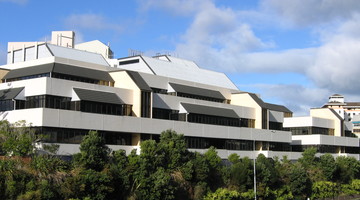Dr Stefano Pampanin from the University of Canterbury believes seismic engineering relies on the merging of knowledge from many scientific areas, using an interdisciplinary approach and combining the best tools and know-how to obtain high level results.
Transcript
DR STEFANO PAMPANIN
Seismic engineering is, let’s say, a branch of engineering, and the idea is to try to come out with technology design procedure, analytical method, understanding of the behavior of a structure or of infrastructure under earthquake loading, and how to protect that. Can be how to protect a new building, new retaining walls, a new foundation, a new pipe line which is bringing gas and water through the country, a new highway road which is going to provide the main network for rescuing after the earthquake event, so it’s really a quite complex science which is not only civil engineering related.
There’s a lot of mechanical, electronical engineering, merging the knowledge to provide, for example, very smart materials, material technology, chemical engineering, there are some of these materials, shape memory alloys, which are made of chemical properties which can change. So I would say its a broad range, very interdisciplinary, mostly civil engineer based, but you need to know more, which is the challenge, if you really want to take advantage of knowledge coming from other disciplines. To be able to design buildings not to get damaged as well as to strengthen existing buildings which is a major problem around the world.
Acknowledgement:
National Information Service for Earthquake Engineering



